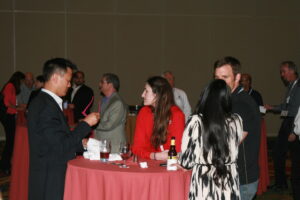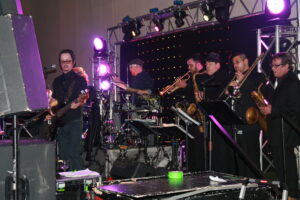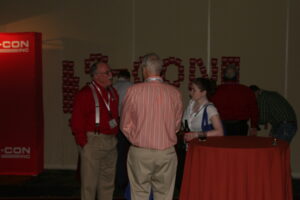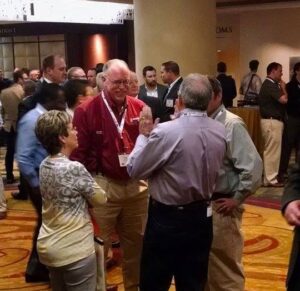The installation of condensate stabilizers throughout the various shale plays across America is becoming the new rage for gas liquid processing. First, much of the shale gas being produced is so rich in hydrocarbon liquid that the raw condensate production is literally flooding production and processing facilities. Secondly, the ability to now export crude condensate (as long as it has first been “processed”) has opened brand new markets for the producer. However, there are certain challenges that face each application and which vary on a case-by-case basis, depending on such variables as: 1) Location of the stabilizer to an existing processing facility; 2) Product specifications of the product buyer; 3) Composition of the condensate to be processed; 4) Proximity to pipelines and other infrastructure; 5) Other factors.
Raw condensate, by definition, has the entire gambit of hydrocarbon (and non-hydrocarbon) components contained within the liquid and which compositional breakdown is determined by a wide variety of parameters including pressure and temperature. In order to “stabilize” the condensate and make it into a salable product, the light end components are driven off into the overhead vapor stream, while the heavy end hydrocarbon components exit out the bottom of the stabilizer tower. This all seems simple enough, except when you find out that there are a multitude of specifications that can be required for the condensate product and that you have to do something with the overhead vapor product.
Stabilized condensate may be sold under a variety of specifications, most relating to the vapor pressure of the product. In the last two years, S-Con has designed and built stabilizer systems which delivered the condensate product at 200 psig true vapor pressure, 12 psia RVP, 9 psia RVP and 70 degree API Gravity, respectively. Each of these products was classified as stabilized condensate, but they are all substantially different from the others; the 200 psig TVP product is essentially a heavy NGL product, while the 70 degree API Gravity product is a light crude oil. What kind of bottoms product is produced determines all the other factors that go into the system design, such as: 1) System capacity; 2) Overhead product specifications and disposition; and 3) System design and operating parameters (P&T), among other things.
For example: A given size stabilizer system may be capable of processing 5,000 bpd of raw condensate feed when delivering a 200 psig bottoms product, but may only have a processing capacity of 2,000 bpd if a 70 degree API Gravity product is to be generated. Additionally, in the case of the 200 psig product, less equipment and heat exchange may be required, the system may be operated at higher pressure, and essentially all of the propane and heavier components are recovered in the bottoms product. On the other hand, if a 70 degree API Gravity product is being turned out, additional heat is required for the system, essentially all of the hexane and lighter components are driven overhead, and a NGL product is oftentimes recovered from the overhead stream as it cools.
So, the moral of this story is: Know what is going to be processed and what product specifications will need to be met. If these two constraints are known, S-Con and the Client can work together to deliver a plant that will meet all of the Client’s needs and expectations.






